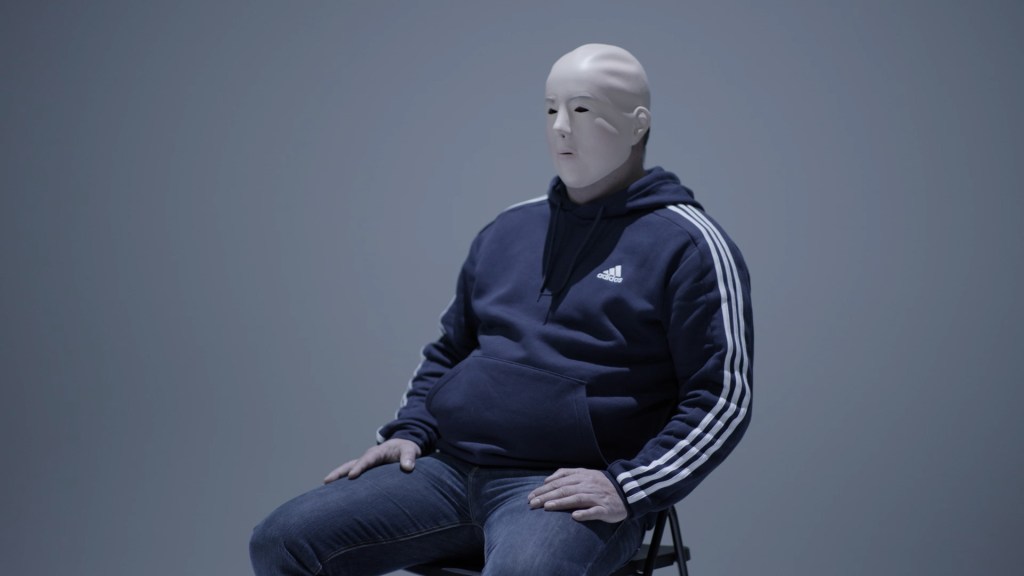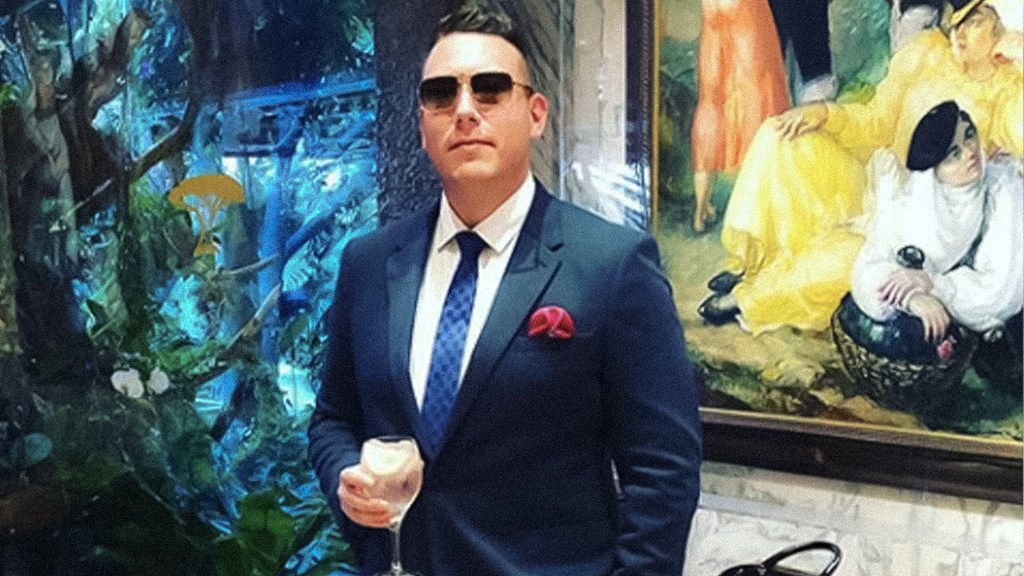I am in huge amounts of psychological pain as a result of the internet’s recent love affair with Irishness. It is online. It is everywhere. It is relentless. Hahaha, the Guinness just tastes different at home, doesn’t it? Do you know how to ‘split the G’? Do you like spice bags? What about chicken fillet rolls? Then there are the more niche references to growing up Irish. Did you ever leave the immersion on? Did your mum ever hit you with the wooden spoon? Barry’s or Lyons?
Green soft power is nothing new. The idea that simply being Irish confers a certain level of cultural cachet is written into our national DNA, and is spread all over the world by the Irish diaspora. The Irish boomerang, the saying goes, is one that never comes back but never shuts up about how much it wants to. In the centuries following the Great Famine—which saw around 1.5 million people emigrate in 30 years—Irish identity molded itself like plasticine into whichever corner of the world it wound up in. There are Irish bars in Honolulu and Kathmandu, as the folk song goes. The Emigration Museum in Dublin claims basically every celebrity in modern history as being at least slightly Irish, from Morrissey to Rihanna. By the turn of the century, 80 million people worldwide claimed Irish descent, and more than 36 million Americans say Irish is their primary ethnicity. Around the same number can be found on the streets of Belfast or Dublin on any given day, wearing Aran sweaters they paid too much for in Carroll’s gift shop on their way in from the airport, or grinning their way gormlessly through marches carried out by Orange Order supremacists.
Videos by VICE
But until recently Irishness—native or diasporic—was very much the butt of its own joke. In Georgian England, cartoonist and satirist James Gillray drew the Irish as subhuman ogres, and as late as 1943 the satirical magazines were depicting us as Frankensteins and drunks. Even as anti-Irish prejudice in the UK and US softened, we were seen as a bit of a joke: silly people who were good craic but deeply unserious. Americans—yes, them again—drank ‘Irish car bomb’ shots as the world was forced to endure the chart-mandated morality of Bono and Bob Geldof.
To be Irish, in short, was not exactly cool.
It’s difficult to pinpoint the exact moment this perception shifted. However, you could probably argue it was the 26th of April, 2020. Deep in quarantine, the BBC and Netflix adaptation of Sally Rooney’s Normal People arrived with a gift for a bored and horned-up world: Paul Mescal. As laconic heartthrob Connell Waldron, he spread the good word of O’Neills shorts and St Christopher’s chains, and things would never be the same. People convinced themselves they liked drinking takeaway Guinness out of milk cartons while respecting social distancing. Boys from Kildare were cleaning up on Hinge like never before. Four years on, the impact has snowballed and now the tendrils of ‘Cool Eire’ extend into all areas of popular culture.
Sally Rooney’s writing is now so popular it’s inspired its own literary style (and in turn hand-wringing takes about how it is ruining modern literature). Last year the Booker Prize had no fewer than four Irish authors on its 13-strong longlist: the most ever in a single year. Of the shortlist, half were Irish, with the award eventually going to Prophet Song by Limerick’s Paul Lynch.
This coup is taking place not just on the page, but in the pint glass too: Guinness has gone from a hardy pub perennial to the UK’s flat-out best-selling draught beer, accounting for one in every nine pints pulled in a British boozer. Being ‘fashion-forward’ in Ireland was once a crime punishable by ridicule and death. Woe betide anyone wearing sunglasses or a beret in Waterford. But today, some of the world’s best-known designers—Simone Rocha, Jonathan Anderson at Loewe, and Sean McGirr at Alexander McQueen—are Irish.
Even our politicians have undergone their own pop culture makeovers, largely led by online humor. Thirty years ago Sinn Féin’s Gerry Adams was barely allowed to use his own voice on British television—then he became a meme himself, known for alligator puns and his love of rubber ducks. The Bear’s Ayo Edebiri became an honorary Irish woman (her hometown of Boston, Massachusetts is 22.8 percent Irish heritage, which apparently is enough these days). The star of Bridgerton’s third season, Galway’s Nicola Coughlan, is now famous enough to invoke the ire of slack-brained right-wing columnists, while the west Belfast rap band Kneecap played two packed gigs at Glastonbury on the same day. Barry Keoghan, somehow, is shagging Sabrina Carpenter. It’s hard to escape the conclusion that it’s never been cooler to be Irish.
But simply being Irish has become so popular, so fast, that it’s now verging on twee again. The unfortunate collateral of Guinness’ spike in popularity are the nonentities for whom drinking it constitutes a personality in itself; one that manifests in ‘splitting the G’ and Shamrock logos in the foam. Emerald Eats, an Irish food stall in the millennial hipster-festooned Broadway Market, regularly has winding queues of people desperate to pay for the ‘viral’ Gaelic cuisine of chicken fillet rolls and spice bags. It’s rare that an Irish celebrity can set foot on a red carpet these days without being interrogated about their childhood in a blatant bid to feed the internet’s Ireland obsession.
As an Irish person living in England, it’s been an interesting experience. Five years ago, I was told by a television producer that Kneecap couldn’t feature on a show I was working on because the executives felt uncomfortable and “still remembered the Troubles.” Now, they’re being shouted out by Noel Gallagher. Around the same time, I overheard someone at a publishing party complaining that they kept getting submissions by Irish authors, but that nobody wanted to read those stories. Today, bestseller lists are frequently populated by just these kinds of stories. When I moved here, we were still the Punch cartoon, the butt of the joke, the strange neighbors from across the water. I had my accent parodied by public school boys at more house parties than I care to remember. I spent my first years in London raging all the time about how little the English knew about us, how little interest they took in finding out. I should have known I’d eventually end up annoyed once we finally wound up on the inside of the joke. (Though for this we can thank the internet and Diageo more than the English, I think.)
There are certain dangers that tend to present themselves whenever and wherever identities are flattened like this. At the same time that Irishness was being celebrated in all its green glory online, the country itself was living through a few anni horribiles. Homelessness and a housing crisis are crippling Dublin. Far-right fascists use this reality to propagate the myth that “Ireland is full.” In the north, the housing situation isn’t much better. More people have died as a result of long hospital waiting lists as were killed in 1972, the most violent year of the Troubles. There are—and I cannot emphasise this enough—no fucking trains.
None of this is particularly well suited to a funny TikTok, admittedly. Instead, the current iteration of Irishness continues to funnel its way out through that content pipe. We’re no longer seen as hard-drinking leprechauns, ogres, or dubbed-over disturbances of the peace. We are now sad lonely heartthrobs with nice accents and the brooding authors who hog all the awards for creating them. We create the best watering holes in the world—it’s only a shame the queues are too chaotic to get anywhere near The Devonshire, or Skehans, or the Fullback to pay a tenner for a pint of “da black stuff”. It’s never been cooler to be Irish. I kind of miss the unpopularity.
Words by @rosielanners
Collage by @m.parszeniew




